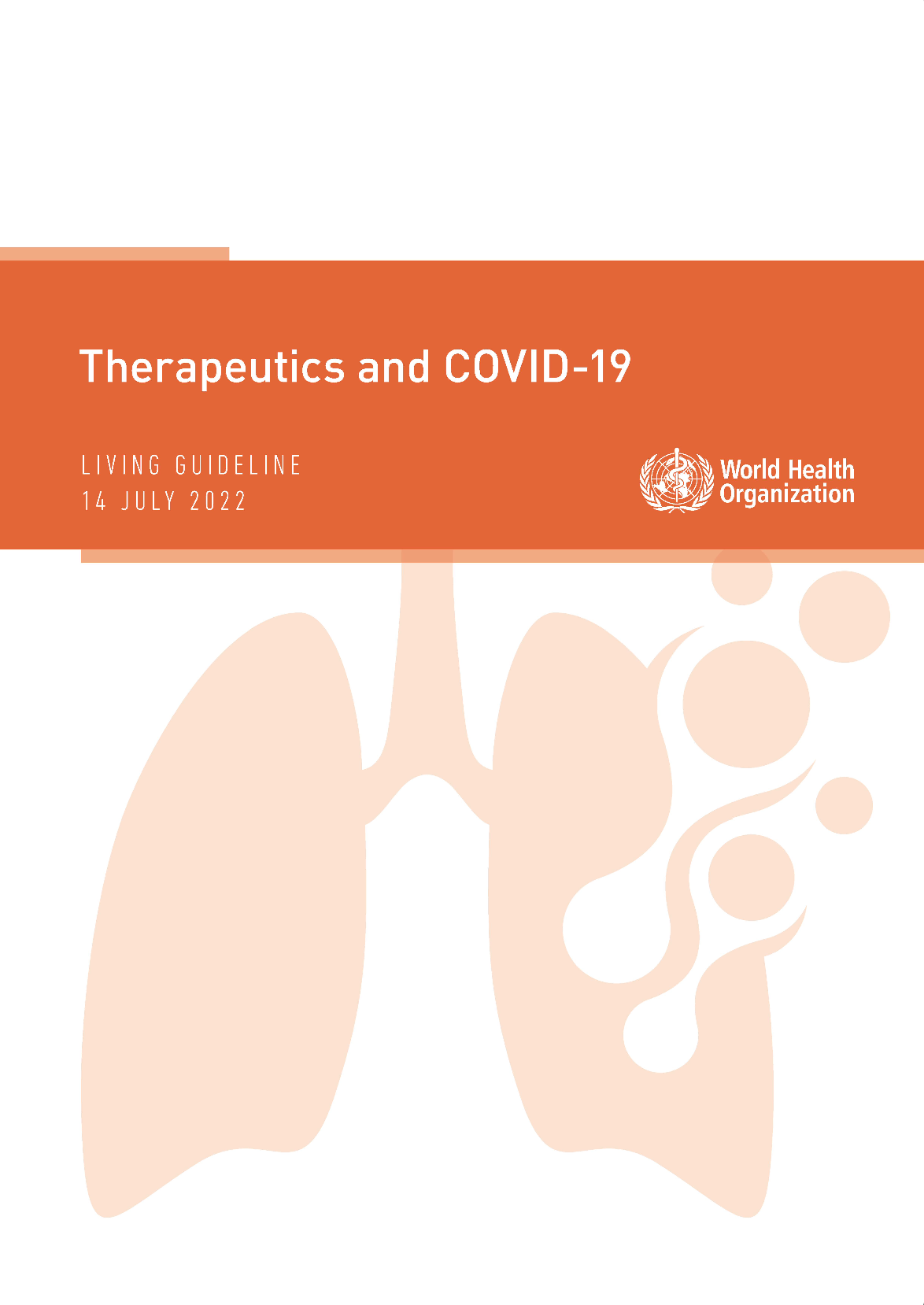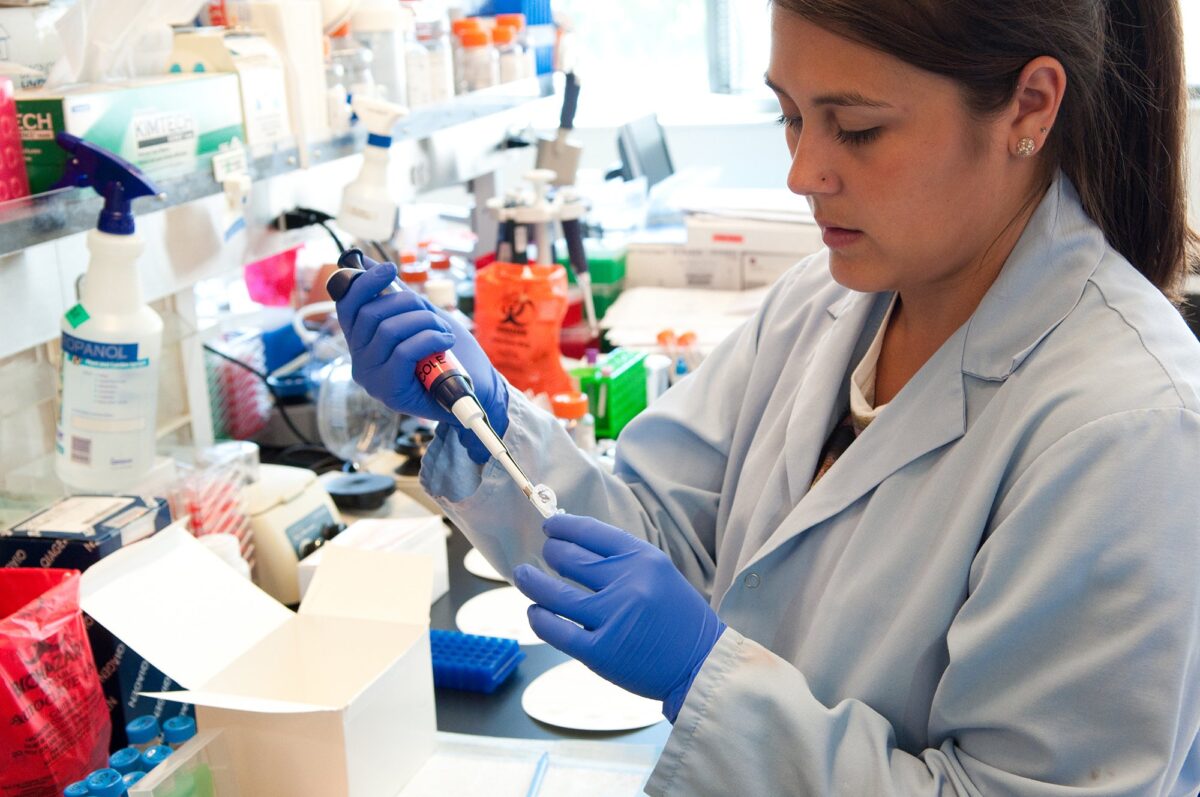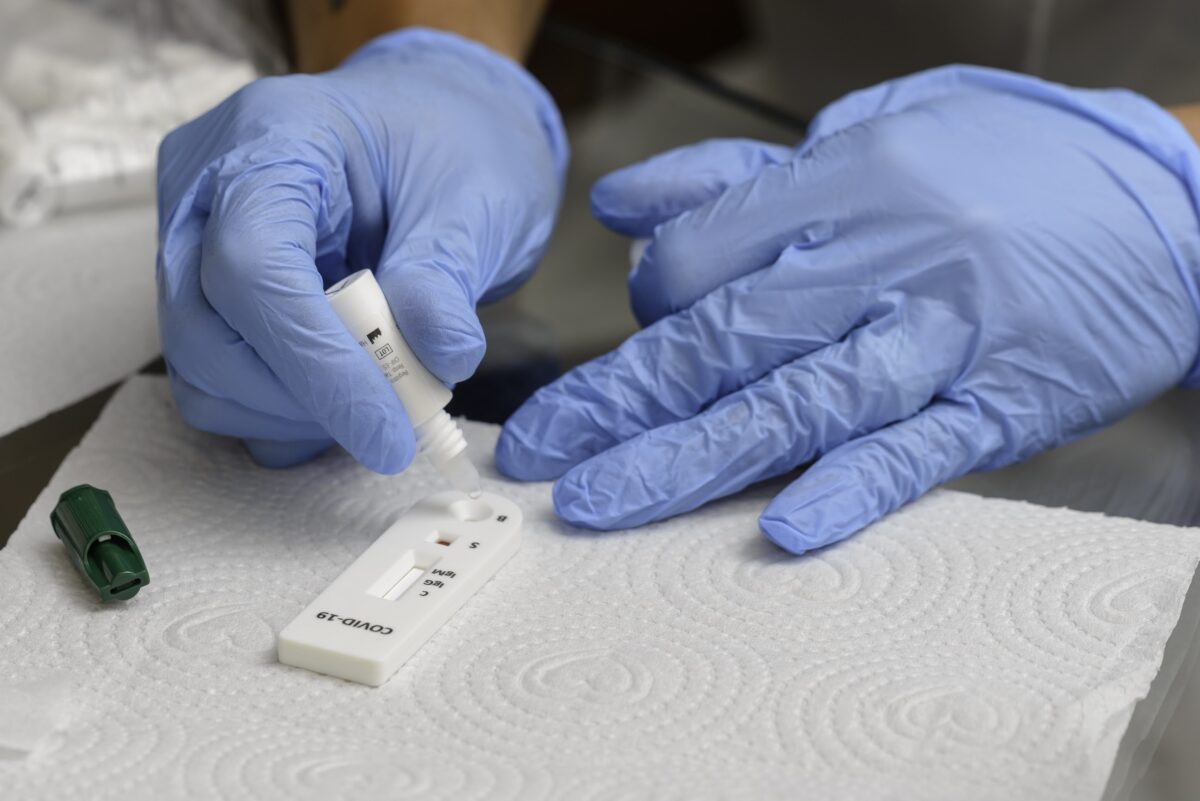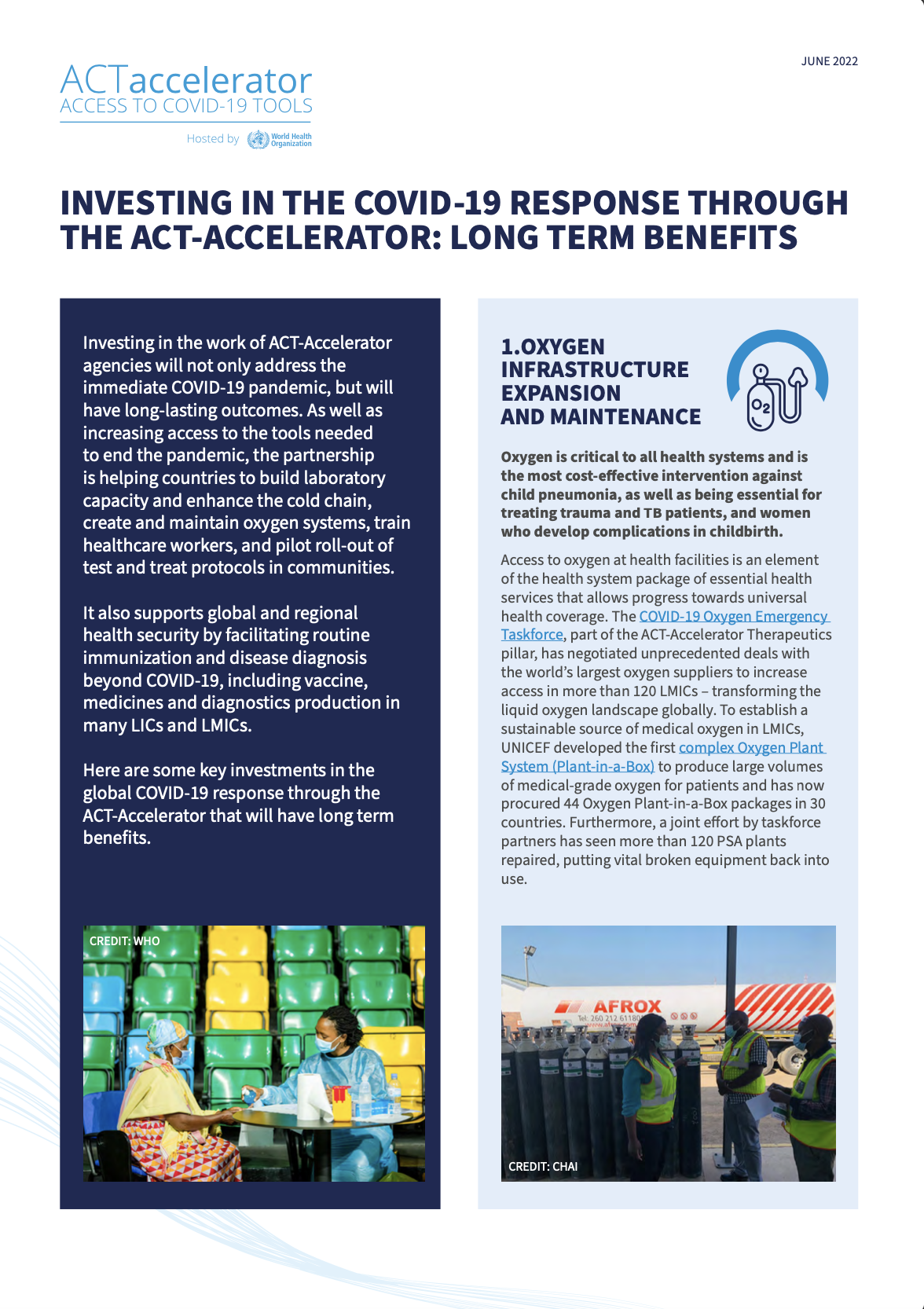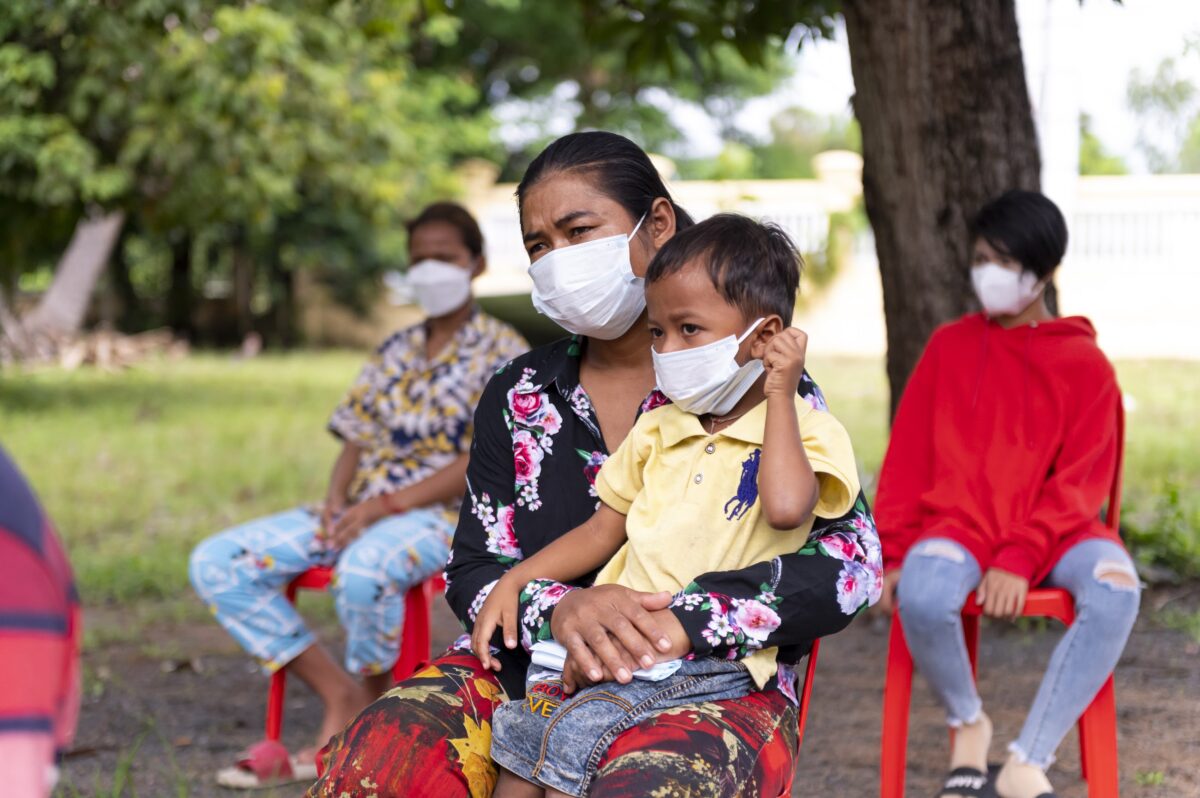WHO’s health products policy and standards team supports countries to formulate evidence-based policies, and to ensure good practice and good governance throughout the supply chain.
Its work includes the Essential Diagnostic List (EDL), which aims to provide evidence-based guidance. The EDL is a reference for the development or update of national lists of essential in vitro diagnostic tests.
There are infographics and video clips available to explain the use of the EDL and the importance of diagnostics.
The health products policy and standards team also supports countries on access to health products for COVID-19.
It works with the (ACT) Accelerator to enhance the development, manufacture, procurement and distribution of COVID-19 treatments for populations in low- and middle-income countries. This include medicines, vaccines, medical devices, and in vitro diagnostics.
The WHO’s Disease Commodity Packages (DCPs) are a series of disease specific datasheets that list the critical commodities and the technical specifications for each commodity per disease. This overview includes links to DCPs for various diseases, including COVID-19, which may be downloaded.
